Dr. Phil Zeltzman’s Blog
What caused Kona to lose a kidney?
Kona, a female Lab, was only 1 year old, yet she had had several bladder infections.

Rather than keeping her on repeated antibiotics, her family vet looked into the situation and discovered that Kona had an extra fold over her vulva.
This common (and under-diagnosed) condition is called a “redundant vulvar fold,” “vulvar fold dermatitis,” “recessed vulva” or “hooded vulva” (see below a picture in another patient, a 6 year old Newfie, where the vulva is barely visible).
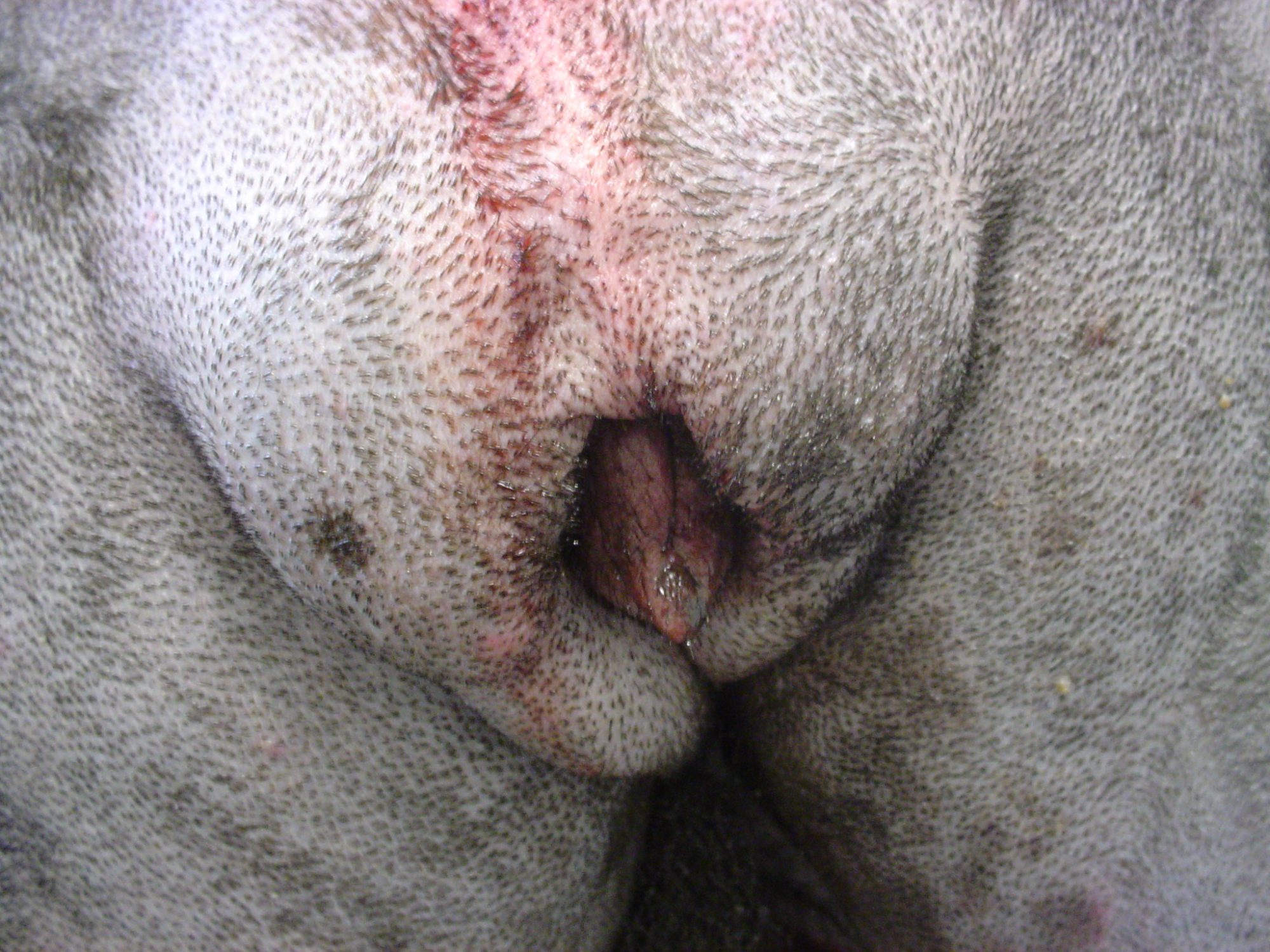
The treatment is a reconstructive surgery called vulvoplasty or episioplasty. The goal is to remove the extra skin.
The main challenge is to remove just the right amount. Not too little, and not too much.
Kona’s pet owner wisely chose to have her spayed under the same anesthesia. Her vet asked me to look into the possibility of a malformation of her urinary system called an ectopic ureter. The ureter is the tiny tube between the kidney and the bladder.
It was a possibility because Kona was constantly leaking urine, i.e. she was incontinent.
During surgery, we removed the extra skin fold, spayed her, found no ectopic ureter… but found another condition.
She had a hydro-ureter, i.e. a ureter that was huge, about 5 times bigger than on the other side. This required removing it, and sacrificing the kidney on the same side – of course after calling the owner in the middle of surgery to request permission to do so.
Surgery was uneventful, and Kona recovered smoothly from anesthesia.
Here is a (warning, graphic) picture of the kidney and the enlarged ureter (hydro-ureter) in another patient, a 6 year old Malamute.
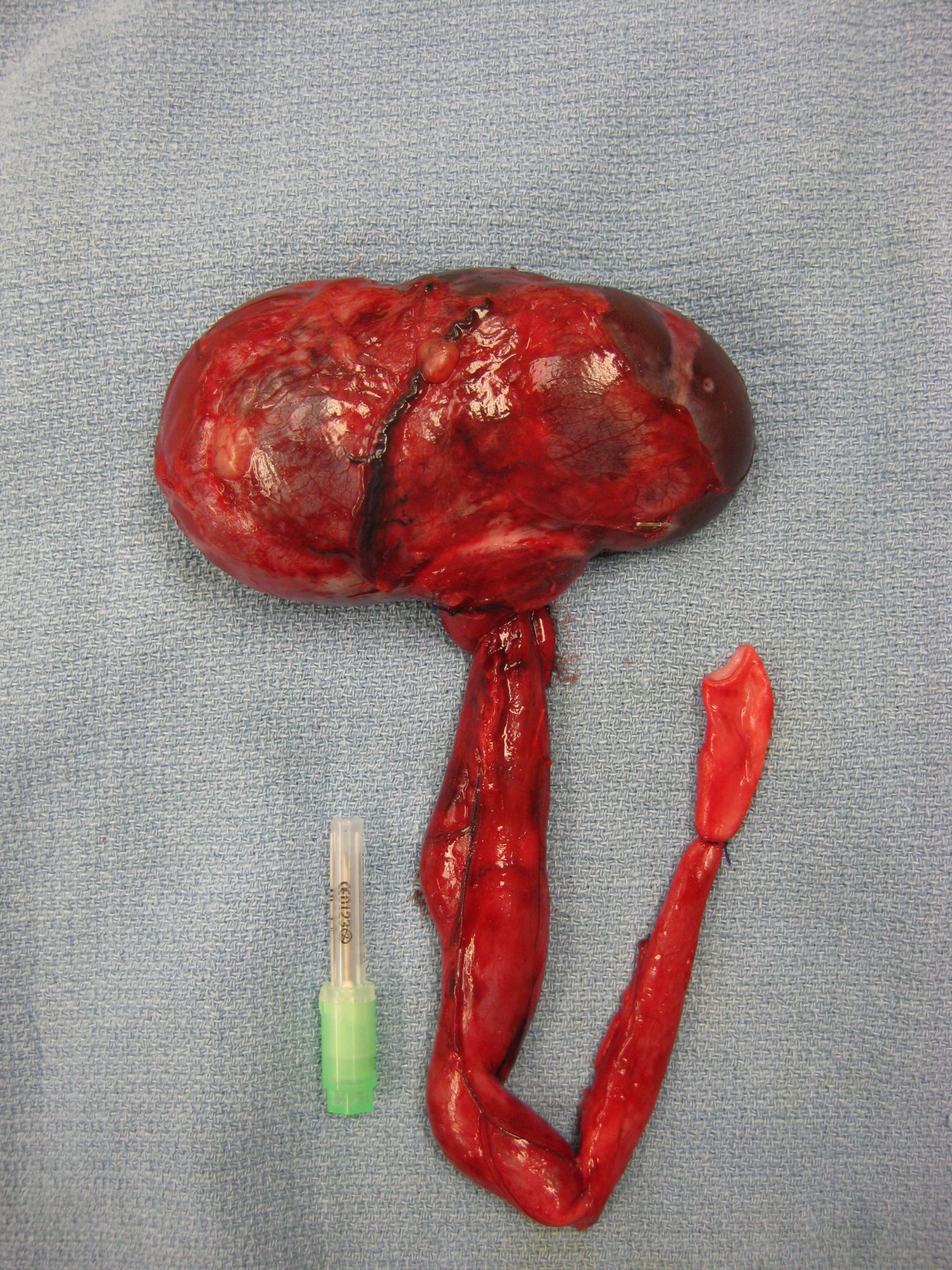
Three weeks later, her owner EB writes:
“Kona is doing well. I have not noticed any leaking and when she urinates, it is a steady stream. Her incision looks great and she is her spunky self.”
Obviously, this is an unusual situation, but a good reminder to keep an open mind when a patient has an unusual situation, like leaking urine constantly.
Phil Zeltzman, DVM, DACVS, CVJ, Fear Free Certified

Dr. Phil Zeltzman is a traveling veterinary surgeon in Pennsylvania & New Jersey. An award-winning author, he loves to share his adventures in practice along with information about vet medicine and surgery that can really help your pets. Dr. Zeltzman specializes in orthopedic, neurologic, cancer, and soft tissue surgeries for dogs, cats, and small exotics. By working with local family vets, he offers the best surgical care, safest anesthesia, and utmost pain management to all his patients. Sign up to get an email when he updates his blog, and follow him on Facebook, too!
Top 10 Reasons To Neuter Your Pet
Clearly today’s topic is sensitive and it will ruffle some feathers… but please hold the hate mail.

It never ceases to amaze me the number of cats and dogs who end up on my surgery table because they were not neutered. Many end up hit by a car. Many end up with a specific type of hernia (more below).
Then there are all the non-surgical reasons, starting with behavior problems.
Are you wondering whether you should neuter your cat or your dog? Here is a non-exhaustive list of 10 reasons to do it.
1. Unwanted pregnancies
Ah… Love at first sight… It’s really difficult for an intact male to resist a female in heat! An intact male classically runs away and can follow the smell of a pretty female in heat located miles away. And keep in mind that one single incident can lead to 4, 8 or 10 puppies or kittens!
Incidentally, you may be liable if your male procreates with somebody’s prized female. Suddenly, the miracle of life has a bittersweet taste, doesn’t it?
2. Pet overpopulation
Meanwhile, 3 to 4 million of unwanted pets are euthanized each year. What a tragedy… This is called “pet overpopulation”.
Many of these deaths could have been avoided by neutering males (and spaying females).
So sterilizing your pet ultimately makes the world a better place.
3. Behavior
Unneutered pets have all kinds of behavioral problems. In male dogs, the most common behavior is an aggressive temper. Of course, there are many intact pets who are perfectly sweet. Neutering, when done early in life, can reduce aggressiveness and improve behavior overall. For example, it decreases the always-awkward “mounting” behavior in dogs.
4. Marking
Few things smell worse than intact male cat urine. Some people make their indoor cat an outdoor cat when they can’t tolerate the smell anymore. This increases the risk of being hit by a car or getting into a fight. Neutering, when done early enough in life, virtually eliminates the odor of male cat urine and should prevent marking in male dogs.
5. Roaming and getting in trouble
Pets are rarely taught how to cross the street safely. So when they roam, searching for trouble or looking for a partner, they might get hit by a car.
In fact, many pets I treat for a fracture are intact. Neutering reduces the urge to roam or run away from home.
In addition, neutering decreases the risk of getting into a fight, especially in tom cats. They commonly get nasty abscesses from these fights.
Family and emergency vets regularly see wounds from dog bites, and I assure you that it’s rarely pretty. I’ve seen many dogs die after getting attacked by another dog.
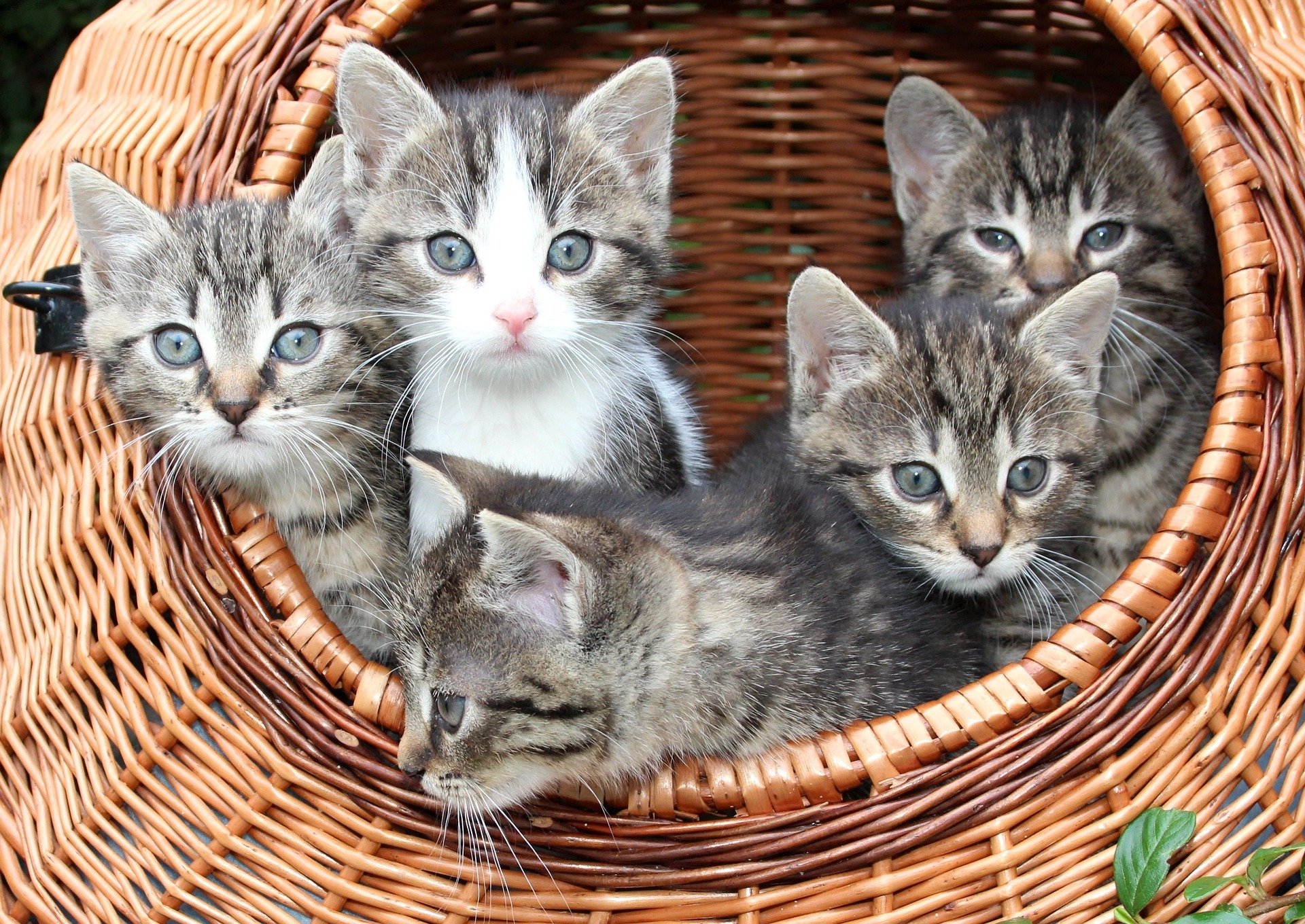
6. Roaming and getting lost
Every year, millions of pets get lost. Some are returned to their owner. Most are not. To decrease the risk of such a tragedy happening in your family, neuter your pet, pet-proof the fence in your backyard and always keep your pet on a leash during walks.
In addition, talk to your vet about the benefits of tattoos and microchips.
7. Prostate disease
Intact male dogs can have a number of diseases of the prostate including cysts, abscesses and enlargement. The latter is called “benign prostatic hyperplasia,” just as in older men. Neutering (of dogs!) prevents these problems.
8. Perineal hernia
A perineal hernia is a fixable but annoying problem mostly seen in intact male dogs. Organs from the belly can slip or herniate through weakened muscles in the pelvis. The consequence is a bulge on one or both sides of the anus. The hernia can contain fat, fluid or even the bladder. These hernias frequently cause constipation.
This condition is believed to be due to testosterone (from the testicles). Neutering dramatically reduces the risk of these hernias.
9. Testicular tumors
Neutering eliminates the risk of testicular cancer. This condition, mostly seen in intact male dogs, is believed to be due to testosterone (from the testicles). It’s simple, really: no testicles, no testicular cancer.
One more reason to neuter is when a male is cryptorchid, i.e. when a testicle does not come down and remains in the belly. The testicle left in the belly has a much higher risk of becoming cancerous. So this may require 2 surgeries: 1 to remove the “outside” testicle, and 1 in the belly to find and remove the other one. Occasionally, both testicles are in the abdomen.
10. Genetics
Yet another reason to neuter is to prevent spreading bad genes. Pets with hip dysplasia, eye diseases, heart conditions and many other genetic conditions should not be allowed to breed.
It seems, however, that neutering does not decrease, and in fact may increase, the risk of prostate cancer. Luckily, this is a very rare tumor. Therefore, the combined benefits of neutering vastly outweigh the risk of prostate cancer as you can see from this top 10 list.
The next controversy is when to neuter your pet. Again, hold the hate mail: most reasonable vets recommend neutering at 6 months of age.
Phil Zeltzman, DVM, DACVS, CVJ, Fear Free Certified

Dr. Phil Zeltzman is a traveling veterinary surgeon in Pennsylvania & New Jersey. An award-winning author, he loves to share his adventures in practice along with information about vet medicine and surgery that can really help your pets. Dr. Zeltzman specializes in orthopedic, neurologic, cancer, and soft tissue surgeries for dogs, cats, and small exotics. By working with local family vets, he offers the best surgical care, safest anesthesia, and utmost pain management to all his patients. Sign up to get an email when he updates his blog, and follow him on Facebook, too!
At what age should you spay or neuter your cat?
The American Veterinary Medical Association (AVMA) recently published their guidelines on the age to spay or neuter cats. The official title of the document is “Veterinary Task Force on Feline Sterilization Recommendations for Age of Spay and Neuter Surgery.”
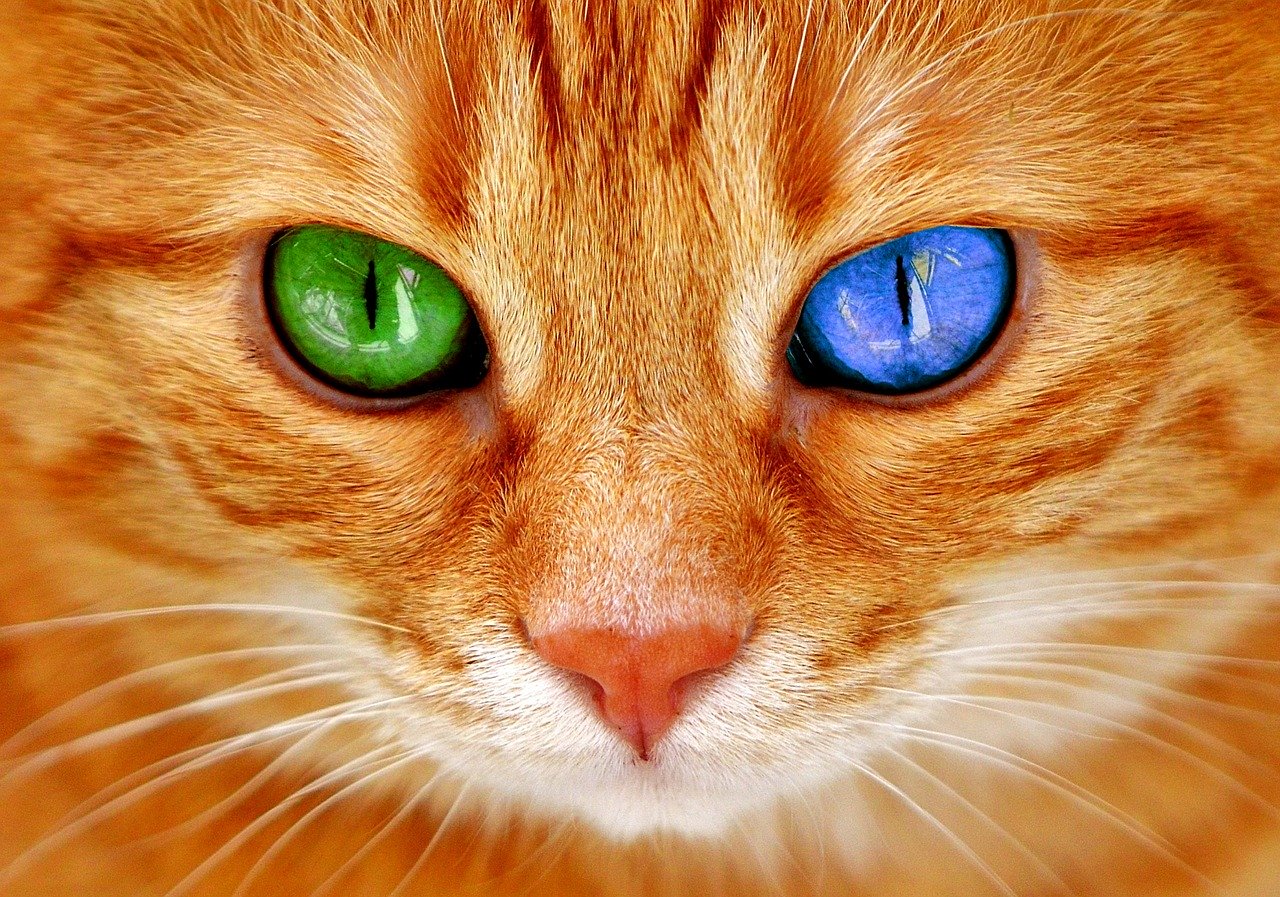
This is a highly controversial and debated topic (even more so in dogs). There are many opinions out there.
Most people have an opinion on the subject, often based on dogma or personal beliefs more than science.
The AVMA put together a group of various veterinarians (from corporations, private practice, vet schools and associations).
They also included non-veterinarians: Steve Dale (behaviorist and journalist), a lady from the Philanthropy for Animal Advocates and the Chair of the Cat Fanciers’ Association.
So I think it’s fair to say that there were many cat lovers and cat advocates on the team. So what are their conclusions? I quote (I only added a few definitions between parentheses):
“Current recommendations for the age to sterilize (spay/neuter) cats are arbitrary and inconsistent.
Adoption of evidence-based guidelines is expected to limit confusion among cat owners, reduce the risk of unwanted litters, and maximize health and welfare benefits. (…)
The following key findings and proposals emerged from a review of the currently available scientific literature and group discussion:
1. Recommendations for the optimal age to sterilize cats may differ from the age to sterilize dogs.
2. Current scientific evidence documents benefits of spaying kittens before the first estrous cycle, including the following:
. Decreased risk for mammary carcinoma (aka breast cancer).
. Elimination of reproductive emergencies such as pyometra (aka an infected uterus) and dystocia (aka difficulty giving birth).
. Avoidance of unintended pregnancies that may occur as early as 4 months of age.
. Potential decrease in behavioral problems linked with cat relinquishment.
3. Current evidence does not support an increased risk for cats of complications or long-term adverse health effects with pediatric (6-14 weeks) or juvenile sterilization (>16 weeks).
4. More controlled prospective research specifically examining different ages in sterilization in cats is needed.
As new information becomes available, the recommended age for sterilization of cats should be revisited.
5. There is potential to increase the number of sterilized cats and reduce the unplanned/unwanted litters of kittens if veterinarians routinely schedule this surgery for client-owned cats at the end of the kitten vaccination series.
Given the known benefits of sterilization and the lack of evidence for harm related to age at which the procedure is performed, the Veterinary Taskforce on Feline Sterilization calls for veterinary practitioners and professional associations to recommend sterilization of cats by 5 months of age.
This provides veterinary practitioners with a consistent message that may increase veterinary visits and spay/neuter compliance while reducing the risk of pet relinquishment and unwanted offspring.”
Bottom line: spay or neuter your kittens by 5 months of age.
Simple!
Phil Zeltzman, DVM, DACVS, CVJ, Fear Free Certified

Dr. Phil Zeltzman is a traveling veterinary surgeon in Pennsylvania & New Jersey. An award-winning author, he loves to share his adventures in practice along with information about vet medicine and surgery that can really help your pets. Dr. Zeltzman specializes in orthopedic, neurologic, cancer, and soft tissue surgeries for dogs, cats, and small exotics. By working with local family vets, he offers the best surgical care, safest anesthesia, and utmost pain management to all his patients. Sign up to get an email when he updates his blog, and follow him on Facebook, too!
5 reasons to spay your pet (Part 2)

Non-spayed pets and unplanned pregnancies can lead to life-threatening medial conditions and emergency surgeries that will sure cost much more than a simple spay at the appropriate time.
As promised last time (5 Reasons To Spay Your Pet Part 1), here are another 5 reasons to spay your cat or your dog.
6. False pregnancy
False pregnancy is a strange and stressful condition where a pet is convinced that she’s pregnant… when she’s not!
Females show nesting behavior (i.e. they literally make a nest for her imaginary offspring). Their belly gets bigger. They produce milk.
Spaying can eliminate the possibility of this condition.
7. Eclampsia
Eclampsia is a life-threatening complication of pregnancy. A pregnant female can have calcium levels that are dangerously low (hypocalcamia). This condition can lead to shaking, seizures, or heart complications. This is a major emergency that requires IV calcium and fluids.
8. C-sections
Sometimes, natural delivery just isn’t possible for health or anatomical reasons. Bulldogs, Chihuahuas and Yorkies are some of the breeds with an increased risk of needing a C-section.
A C-section is a wonderful event at a vet clinic when everything goes well. We love helping puppies and kittens come to life. But for the pet owner, it can be a stressful and expensive ordeal.
9. Pyometra
Pyometra is a serious condition where the uterus fills with pus. It is common in non-spayed dogs, and unusual in cats. In turn, pyometra can affect many organs, which can make a pet very sick or even kill her.
One of the organs that classically gets damaged is the kidney. It can get worse: a “mature” pyometra can rupture or break. This leads to having pus all over the belly (septic peritonitis).
Ironically, pyometras often seem to happen after hours (read: at the local emergency clinic on a Sunday), which increases the cost even more.
10. Genetics
There are countless genetic diseases, such as hip dysplasia, heart disease and eye conditions. Spaying a female who carries the bad genes is the easiest way to prevent babies with the same problems. Only through reasoned breeding can a breed improve over time.
Spaying also prevents behavioral problems and several other issues. Pet lovers who don’t have their pet spayed often tell us that they couldn’t afford the procedure at the time.
Please keep in mind that it could cost 5 or 10 times as much to treat mammary tumors or pyometra.
All always, prevention is the best policy…
Phil Zeltzman, DVM, DACVS, CVJ, Fear Free Certified

Dr. Phil Zeltzman is a traveling veterinary surgeon in Pennsylvania & New Jersey. An award-winning author, he loves to share his adventures in practice along with information about vet medicine and surgery that can really help your pets. Dr. Zeltzman specializes in orthopedic, neurologic, cancer, and soft tissue surgeries for dogs, cats, and small exotics. By working with local family vets, he offers the best surgical care, safest anesthesia, and utmost pain management to all his patients. Sign up to get an email when he updates his blog, and follow him on Facebook, too!
5 reasons to spay your pet (Part 1)
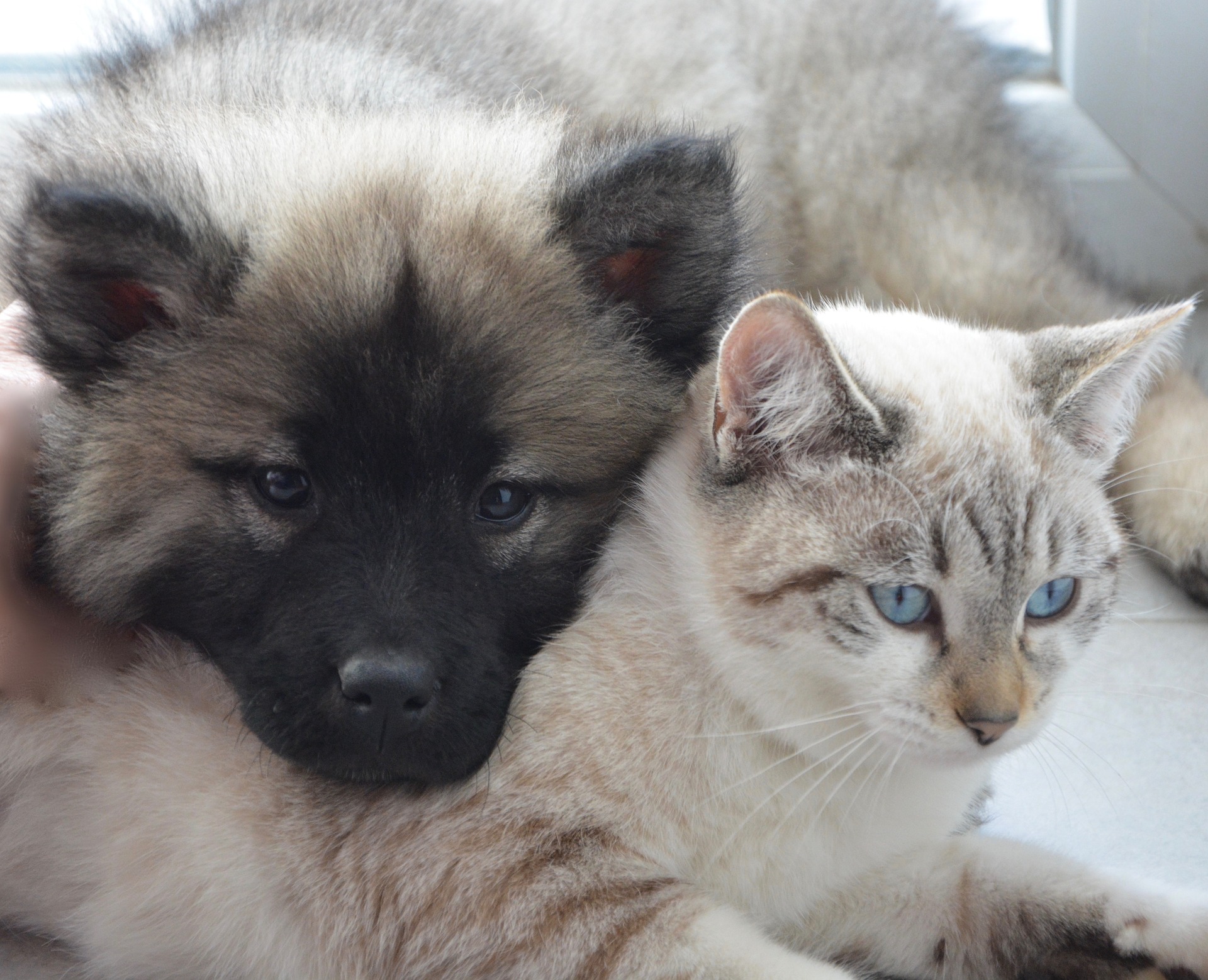
Non-spayed cats and dogs are at a higher risk of developing multiple conditions. Here are 5 reasons to spay your pet:
1. Breast tumors
Over 25% of non-spayed female dogs will develop breast or mammary tumors!
In dogs, approximately 50% of mammary tumors are benign and 50% are cancerous.
In cats, 90% of mammary tumors are cancerous, so spaying is even more important.
2. Ovarian diseases
Sure, diseases of the ovary, such as tumors, are rare. But a real good way of eliminating that risk is spaying.
3. Tumors of the uterus
Likewise, tumors of the uterus are not common, but spaying eliminates this risk.
Along with a higher risk for tumor development, there are other unfortunate complications that can arise when pets aren’t spayed.
4. Heat cycles
As a general rule, most females have their first heat cycle around 6 months of age, which is why we often recommend spaying before that age. A heat cycle causes mood swings, swollen nipples, attraction of males, a swollen vulva and a bloody discharge. It can be quite stressful for everybody involved – including you!
5. Unplanned pregnancies
Letting a non-spayed cat or dog roam is similar to gambling. Chances are, your little female friend will meet Mr. Not-Right.
Now… not only do you have to deal with the pregnancy, but in 2 months, you will need to make sure that the delivery goes well. And hope your pet won’t need an emergency C-section.
Then you will have to take care of the 1, 2, 3… or 10 babies or find them new homes. If mom can’t nurse, guess who needs to get up every 2 hours to bottle-feed the babies?
Multiply that by 10 or 100 or 1,000 pets, and you start to understand the complex problem of pet overpopulation. This leads to millions of abandoned or euthanized pets.
So please do the right thing: spay your cat or your dog.
Next time, we will go over 5 more reasons to spay your pet.
Phil Zeltzman, DVM, DACVS, CVJ, Fear Free Certified

Dr. Phil Zeltzman is a traveling veterinary surgeon in Pennsylvania & New Jersey. An award-winning author, he loves to share his adventures in practice along with information about vet medicine and surgery that can really help your pets. Dr. Zeltzman specializes in orthopedic, neurologic, cancer, and soft tissue surgeries for dogs, cats, and small exotics. By working with local family vets, he offers the best surgical care, safest anesthesia, and utmost pain management to all his patients. Sign up to get an email when he updates his blog, and follow him on Facebook, too!

